Our society is always evolving, which is a wonderful thing. But the unfortunate side effect is that many traditional practices and skills are at risk of disappearing. Habits that used to be commonplace, reflect important values, self-reliance, and cultural heritage that younger generations often overlook.
Here are a few practices that could fade away if they’re not preserved by future generations.
Handwriting Letters
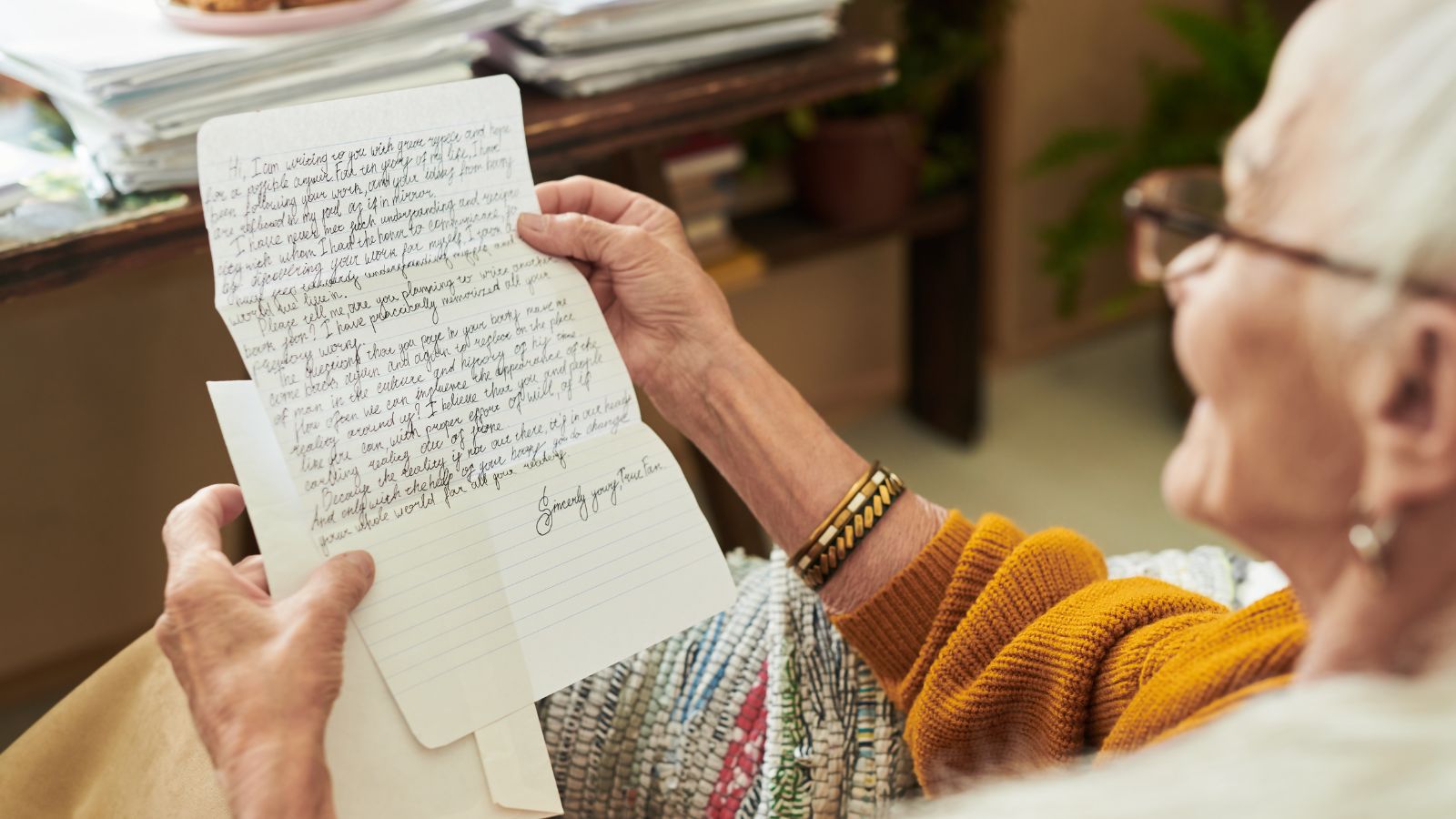
Nowadays, it’s mostly just members of the older generation who’ll take the time to sit and write out a long, heartfelt letter. While letter writing used to be one of the most meaningful ways to communicate, this valuable practice has been almost completely replaced by the instant gratification of texts and online messaging.
Home Canning and Preserving
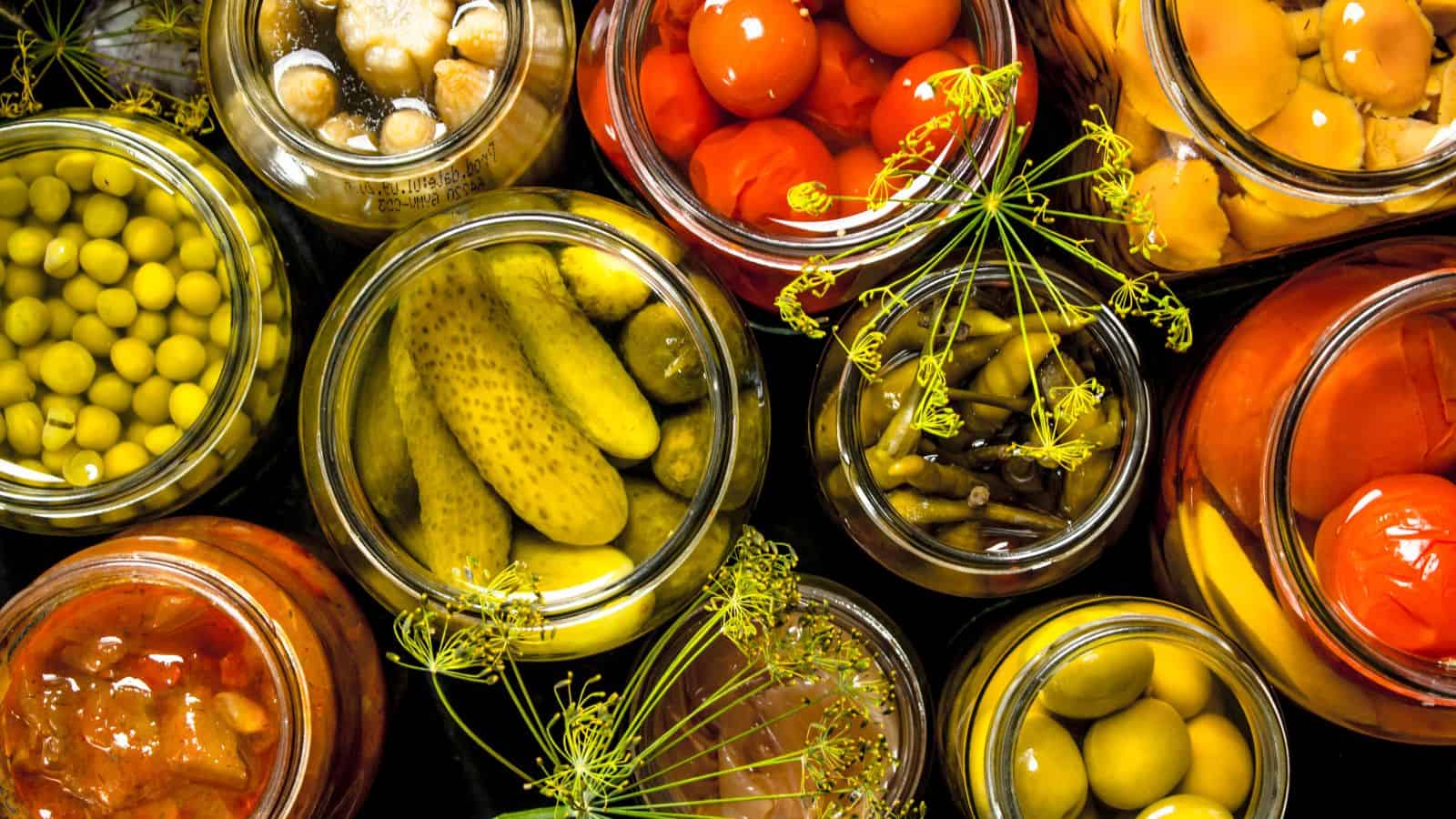
Back in the good old days, preserving food at home through canning, pickling, and jamming was an important way of making seasonal produce last. While some people still see this practice as fun and nostalgic, the convenience of grocery stores offering year-round convenience means that far fewer people are choosing to preserve their own food.
Sewing and Mending Clothes

There was a time when repairing a torn shirt or hemming a pair of pants was simply second nature. It was pretty common for older generations to learn these skills as a necessity, while younger ones are more likely to replace clothing than fix it.
This may be easier, but it’s also wasteful and contributes to the growing issue of fast fashion and its environmental impact.
Making Family Recipes from Scratch
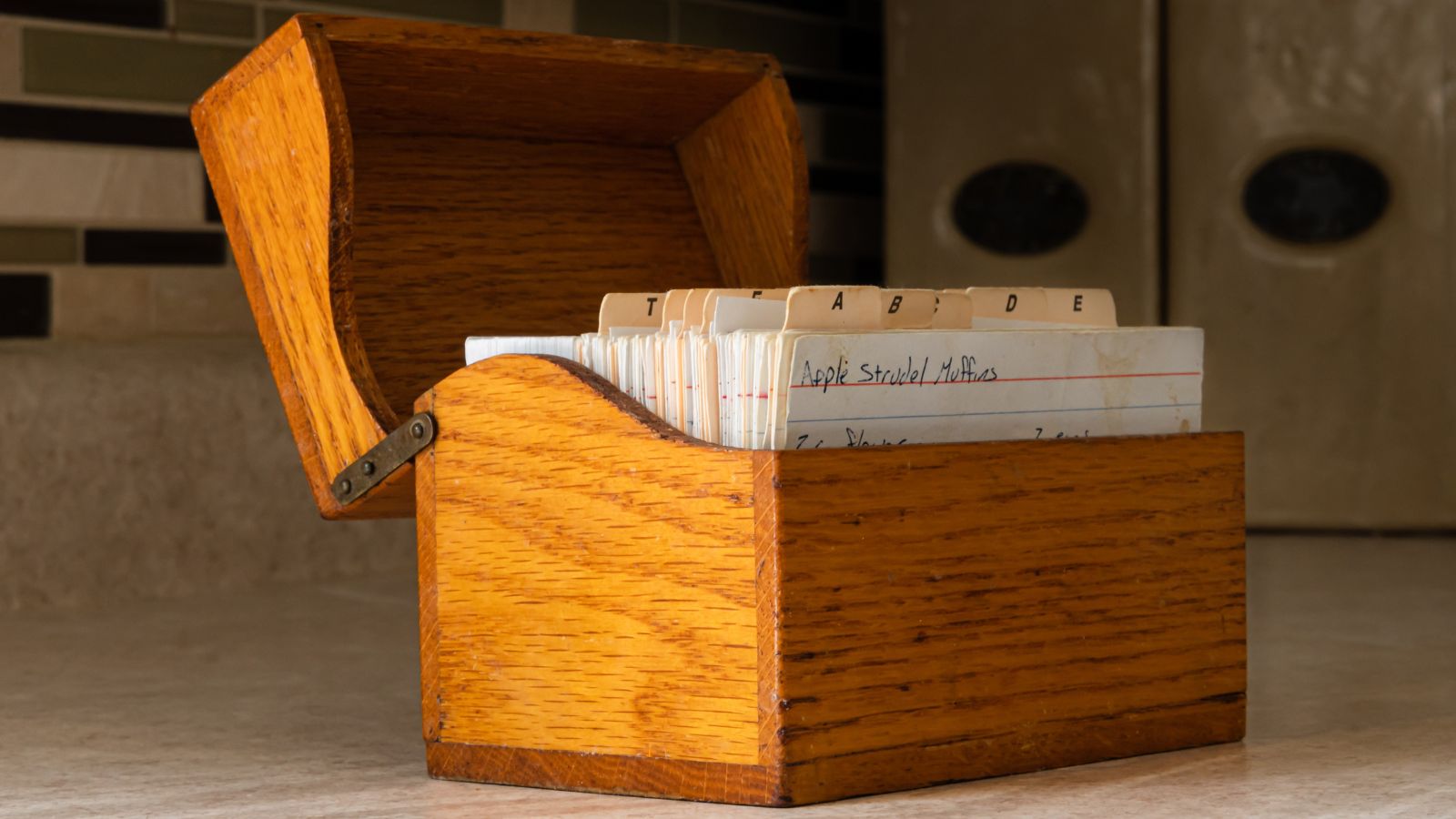
It may seem strange today, but a few decades ago, handwritten recipe cards and meals made entirely from scratch were a common sight. These dishes often carried meaningful stories and traditions from past generations. It’s a real shame that the effort to preserve and recreate these recipes is fading.
Sending Thank-You Cards
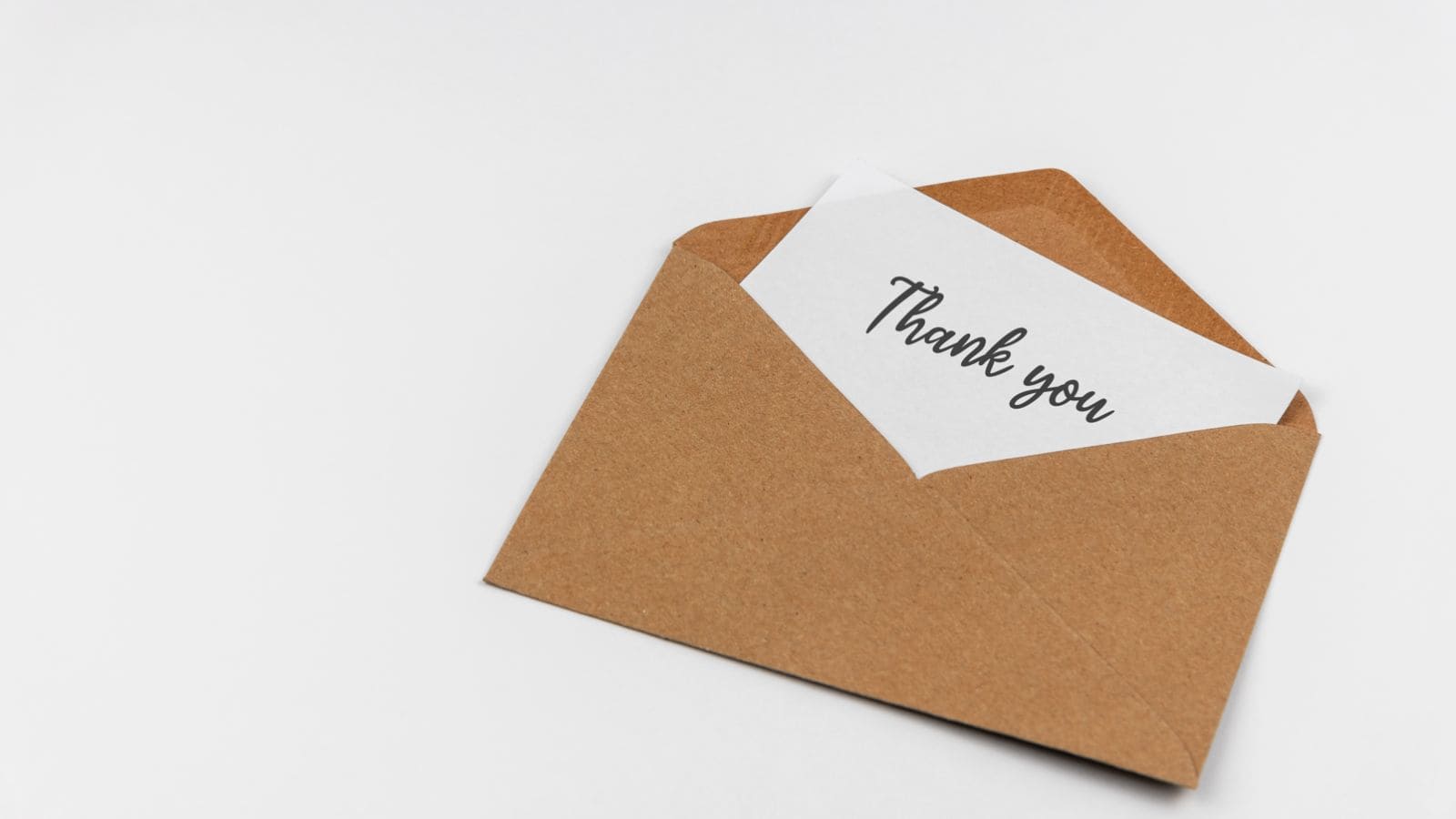
If you’ve been around for a few decades, you’ll know that thank-you cards were once a standard way of expressing gratitude, whether for a gift, a meal, or hospitality. In the digital age, on the other hand, many people just send a quick text or email instead. While this is certainly easier, it loses that personal touch.
Gardening for Food
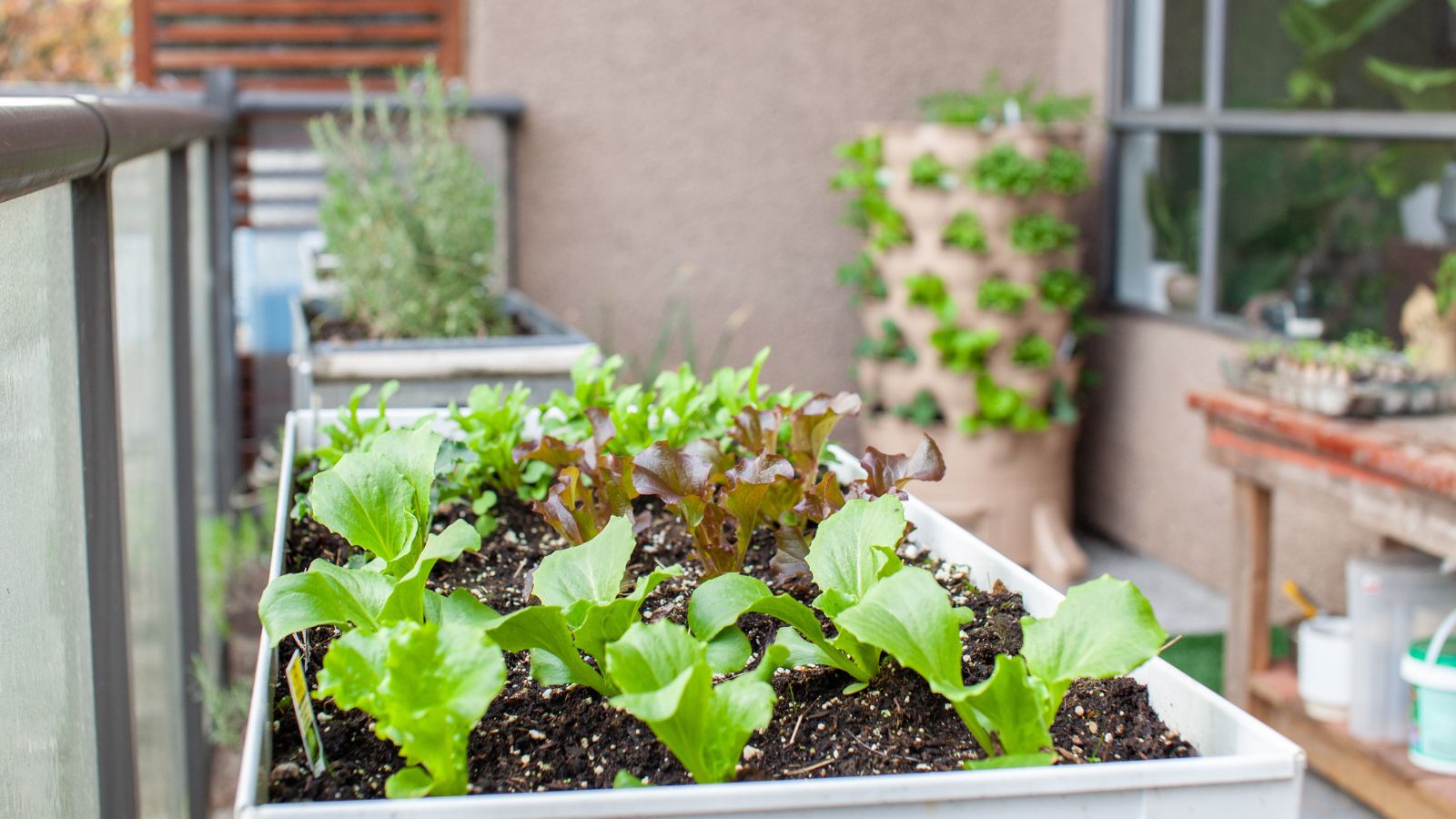
Not all that long ago, backyard gardens were quite common, providing all sorts of fresh fruits, vegetables, and herbs for families. Today, it’s far rarer for people to grow their own food. Instead, they’ll usually choose to rely on supermarkets and farmers’ markets.
Memorizing Phone Numbers

A lot of people don’t miss the days when you’d have to keep track of every single number you might need to call one day. However, it’s pretty charming that older generations can still recite the numbers of loved ones while younger people rarely commit them to memory.
Using Maps and Atlases

Kids born today will never need to learn the skill of reading a map or understanding an atlas. While these used to be essential tools for any long road trip, GPS and smartphone apps have replaced them completely, making them relics of the past by today’s standards.
Writing Checks

Writing checks was once seen as the best way to pay bills or send money. But while some older adults still prefer checks for their trustworthiness and reliability, younger generations are moving toward digital payment options like Venmo, Zelle, and online banking. Over time, it seems quite likely that this traditional payment method will completely disappear.
Knitting and Crocheting

As you might know from experience, knitting and crocheting were common pastimes for older generations. It was a great way to get creative while making beautiful clothes, blankets, and gifts. While it’s wonderful that some people have rediscovered these crafts during recent DIY booms, they’re nowhere near as widespread as they once were.
Telling Stories Around the Table

Family gatherings have always been important, but they’re just not the same as they used to be. In the past, they would often include a lot more storytelling, where older relatives shared life lessons, memories, and humor with younger members of the family.
Sadly, the busier schedules and digital distractions of today are causing this tradition to become less and less common.
Keeping Photo Albums
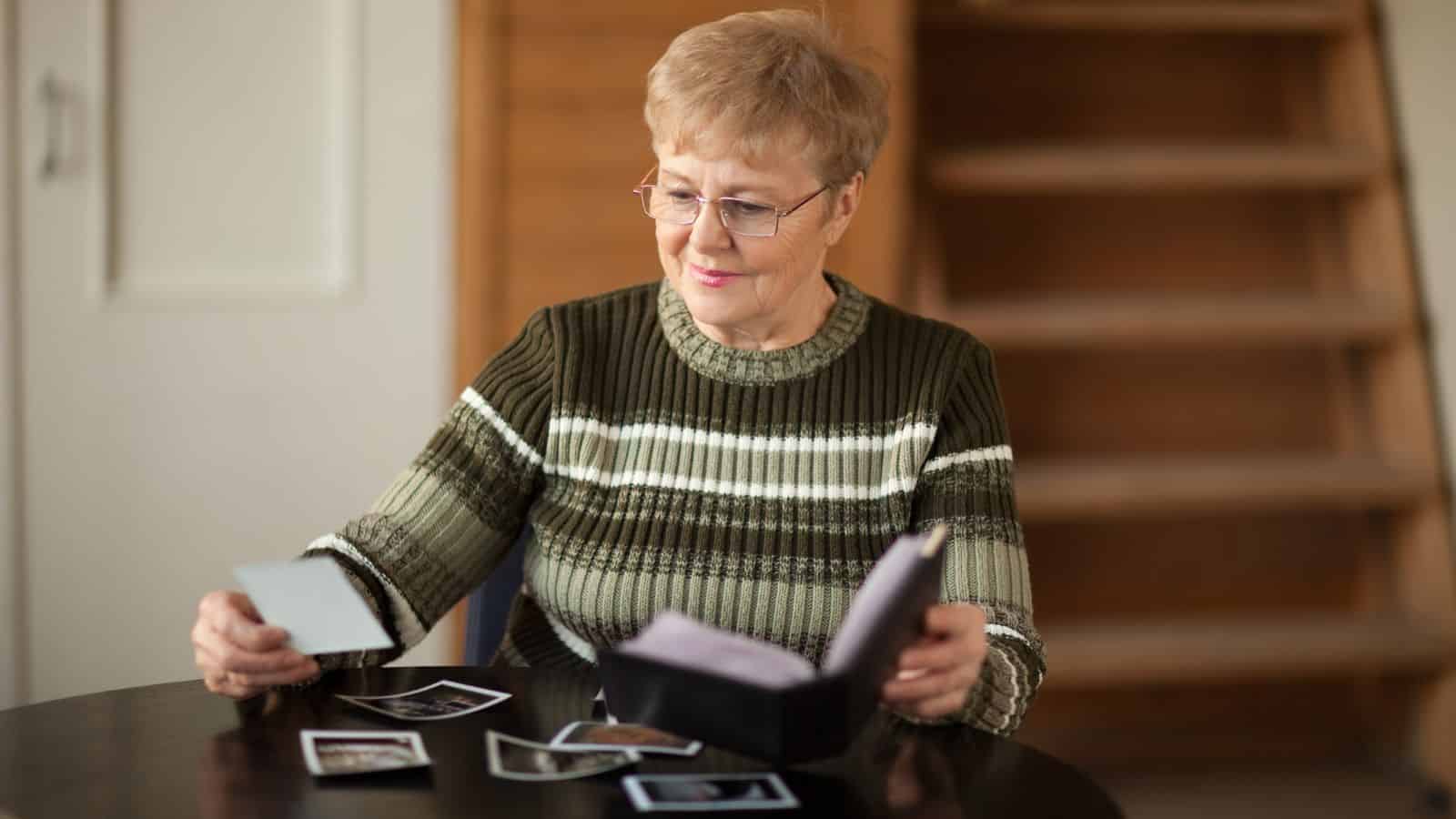
Remember when physical photo albums used to be treasured keepsakes? They were filled with carefully chosen snapshots of special moments, making them super sentimental and nostalgic. Today, though, most photos are stored digitally, often forgotten in the cloud or on social media.
Without the older generation’s effort to keep making these tangible memories, printed photo albums could disappear.
Playing Card Games and Board Games

If you’re a member of the older generation, you might remember when card games like bridge or gin rummy and classic board games could be found in many family homes. While digital entertainment options are great, there was something a lot more meaningful and charming than those traditional games.
Formal Table Settings

Back in the good ol’ days, setting the table with fine china, polished silverware, and cloth napkins was an important sign of respect for the occasion. And yet today, casual dining and disposable options have made formal table settings quite rare by comparison.
Bartering and Trading

It used to be a lot more common for people to barter or trade goods and services within their communities. For example, you might’ve exchanged vegetables for firewood or babysitting for sewing help. It was a great way of getting what you needed while making plenty of neighborly connections. However, in today’s money-driven economy, bartering is becoming increasingly rare.
Writing in Cursive

Kids today find themselves typing and texting much more than writing, so it’ll come as no surprise that cursive writing is fading into the past. While it was once a cornerstone of education and valued for its elegance and speed, many schools no longer teach it at all.
Repairing Household Items

Sure, fixing broken appliances or furniture is still second nature to some people, but not nearly as much as it used to be. In today’s throwaway culture, these skills simply aren’t seen as important anymore, with many people deciding to replace rather than repair them.
Knowing Neighbors by Name
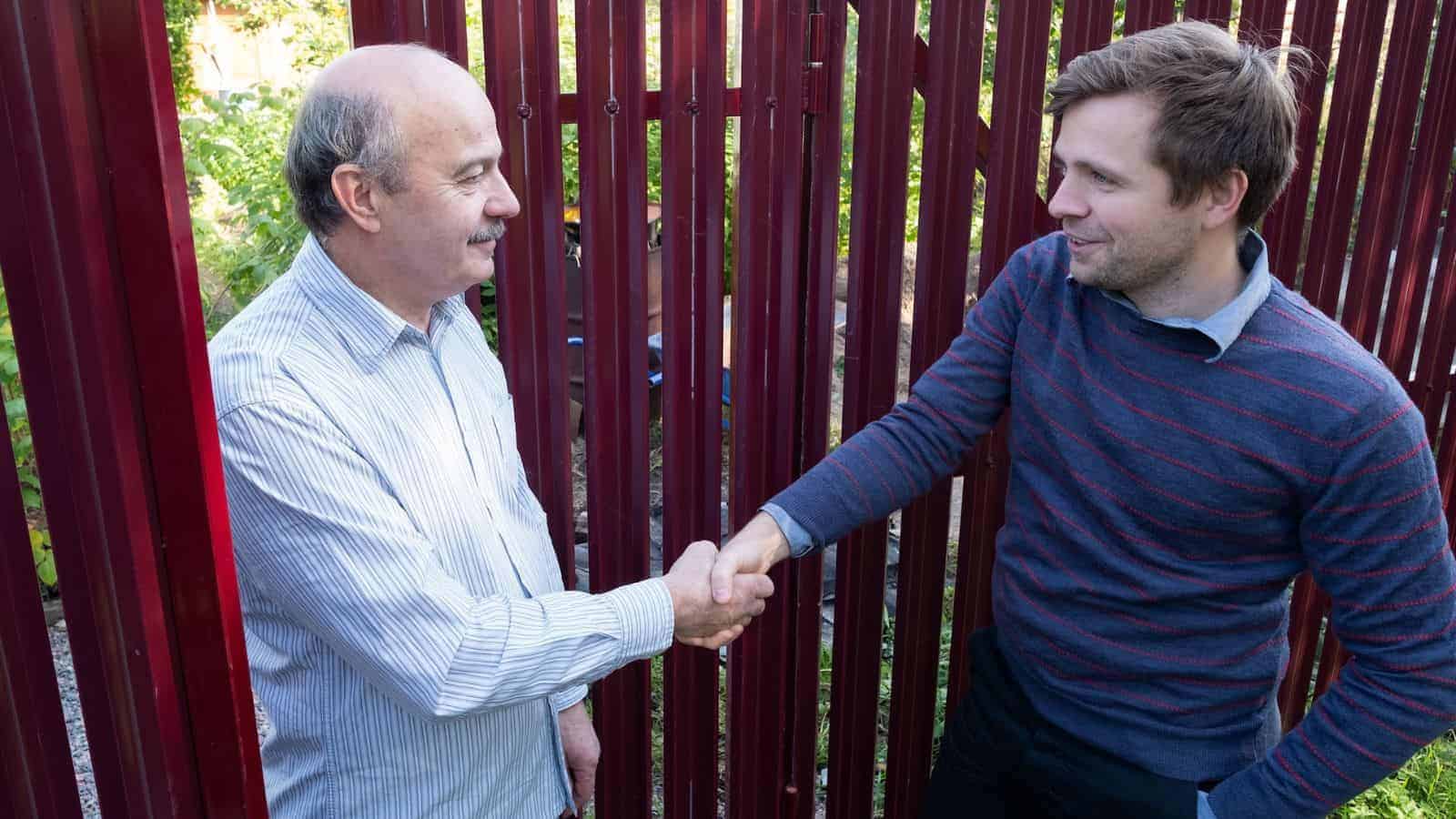
Many older adults would be appalled by just how many younger people don’t even know the first names of their neighbors anymore. In the past, neighbors were more than just people who lived nearby—they were an invaluable part of a supportive community. But sadly, with modern lifestyles becoming more isolated, this sense of local community is in danger of disappearing.
